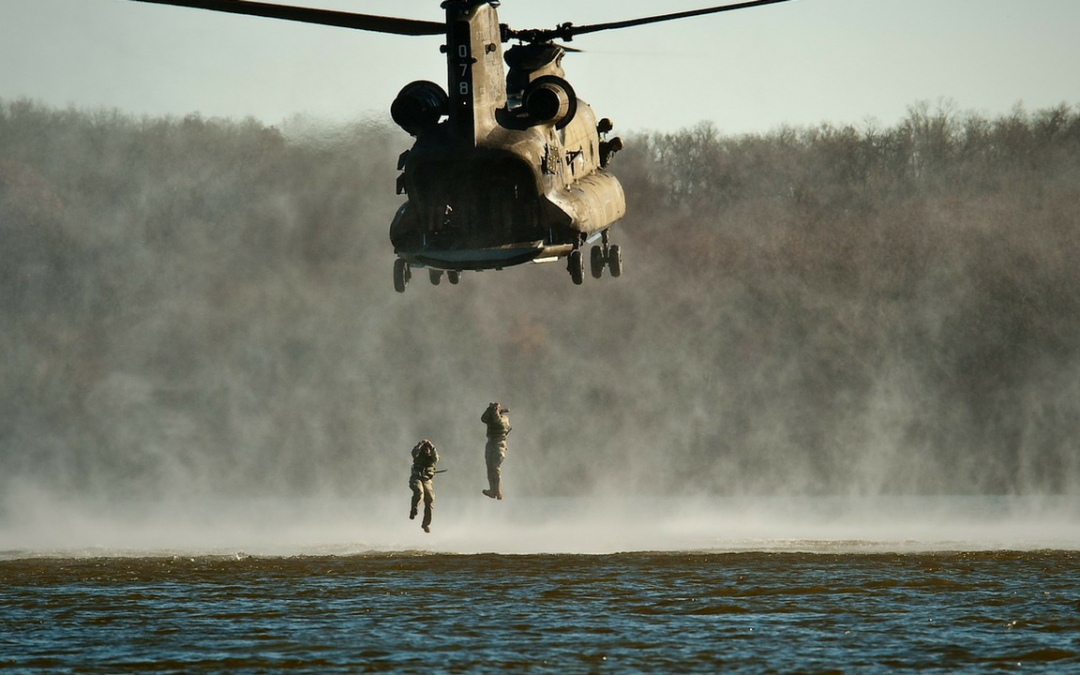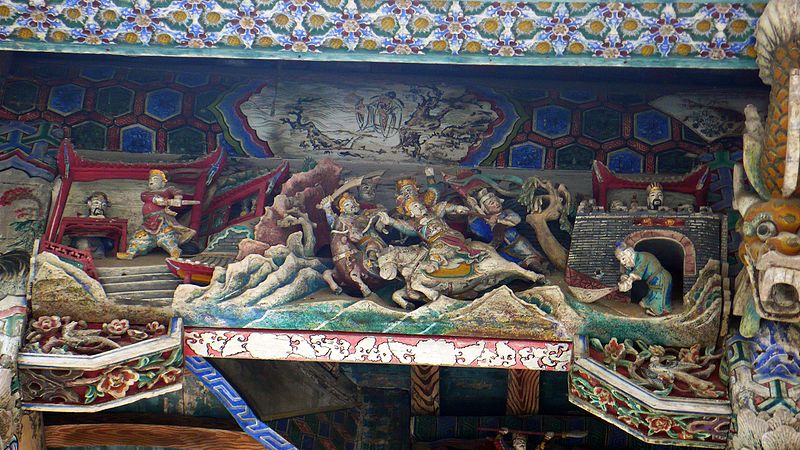Battle tactics are the art and science of organising an army or other military force, and the techniques used to defeat enemy forces in battle. Battle tactics have become more advanced and complicated as they’ve evolved throughout history but many are still the same on a fundamental level as they were thousands of years ago.

Surprise Attack

A surprise attack is, as the name implies, attacking someone when they don’t suspect to be attacked. This throws them off guard, and makes it harder for them to respond. The attackers are primed and ready for war, while the defending force isn’t prepared for battle, increasing the chance of losing. The ambush is one of the most popular battle tactics in history, it’s been used since the beginning of warfare, and is still used today. Ambush allow a smaller force to have a chance against a much larger, or better equipped force. At the Battle of the Trebia, Hannibal used this tactic to great effect. He hid strong cavalry, and infantry force in concealment. They then attacked the Romans from behind when they came, and slaughtered them.

Envelopment
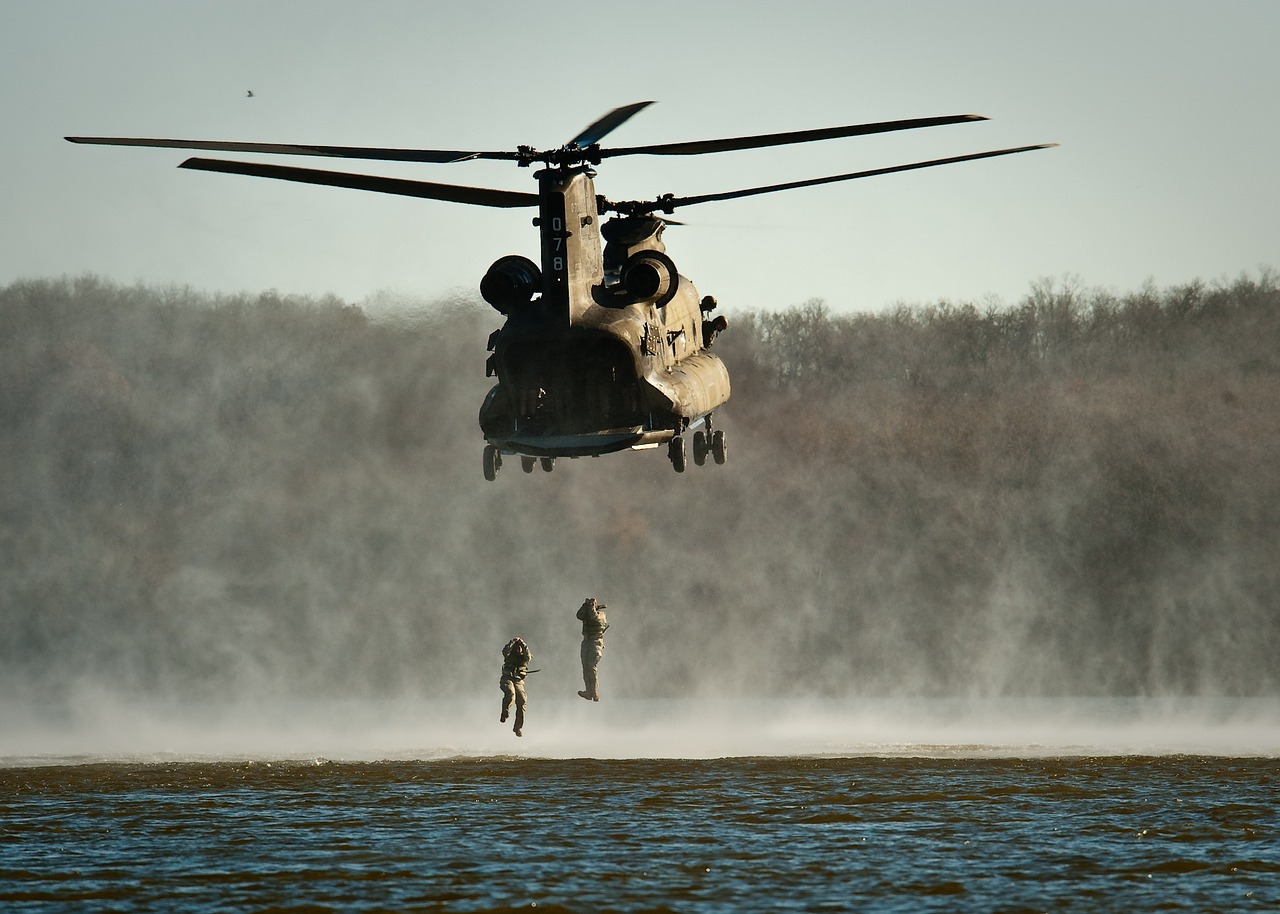
Envelopment is one of the most effective battle tactics. An army will try to envelop their enemies by attacking enemy forces in a way that makes it impossible for them to withdraw. Instead of attacking the enemy directly, it concentrates on attacking them at their flanks, attacking from multiple directions, and attacking them where there defences are weakest. Envelopments require at least two forces to work. One or more forces will attack the enemy at their flank, while a fixed force will attack the enemy’s front, which fixes them in place. There are four types of envelopment, a flanking manoeuvre, a pincer attack, an encirclement, and a vertical envelopment.

Underwater Bridge

An underwater bridge is a bridge built underwater, which makes it easy to walk across water. Because it’s underwater and hard to spot, it creates the illusion that people walking across it are walking on water. It’s usually made of logs, dirt, and sand. It sits just under the surface of the water. It also makes it possible for heavy vehicles to travel across water easily. The tactic was used during World War II, and the Korean War. The tactic was first used at Khalkin Gol, by Zhukov. The Japanese were terrified when they saw Soviet tanks floating on water as they came towards them.

Reserve
Eventually war leaders worked out that it was a good idea to keep a force of troops which wouldn’t engage in warfare. This force would stay back, and be able to quickly act as reinforcements if something unexpected were to happen. The reserve, however, isn’t only useful in dealing with the unexpected, it could also be part of a laid trap, if timed correctly they could overwhelm the enemy when they go to attack a smaller force. Napoleon used this well at Austerlitz in 1805, when he arranged his troops in a way that would tempt the Austro-Russian forces to attack the right side of his army. Napoleon waited for this attack, when it came, he sent in the reserves and decimated the enemy.

Shock Tactic

The 21st Lancers were ordered to charge into a force they assumed was only a few hundred strong, but they soon realised they were charging on a force 2,500 strong. They charged in fearlessly and managed to drive them back. This is known as a shock tactic. A shock tactic aims to scare, and shock the enemy with a sudden and rapid advance or charge, with the aim of scaring them into retreat. Shock attacks are normally performed by heavy cavalry, or heavy infantry, but the 21st lancers were only a light cavalry making it even more impressive. One of the soldiers that took part in the charge was Lieutenant Winston Churchill.

Empty Fort Stratagem
The Empty Fort Stratagem was invented, and used successfully by Zhuge Liang. Zhuge Liang was hold up in a fort with a small force, when a much larger army led by Sima Yi came to attack. Zhuge Liang ordered all his soldiers to hide. He then sat on top of the gate to the fort, while playing a musical instrument. Even though Sima Yi had a much larger force, and could have easily defeated Zhuge Liang, he didn’t invade because he feared that Zhuge Liang had set a trap. This gave Liang enough time to retreat to safety. The tactic uses reverse psychology to trick an invader into thinking an ambush has been laid when one hasn’t been laid.

Force Concentration

Force concentration is the tactic of concentrating a military force to achieve the goal of pitting a much larger force against a much smaller one, making victory more likely. Clausewitz believed that it was the most important principle of war. Concentration doesn’t necessarily mean superior numbers, it actually means having your forces in a position where they are ready to unite and deliver a decisive blow.

The Fabian Strategy
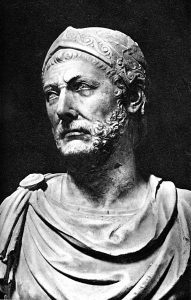
This strategy was invented by Quintus Fabius Maximus Verrucosus. Quintus couldn’t defeat Hannibal Barca, who had invaded the Italian Peninsula, in direct combat, and instead decided to try a more passive tactic. He evaded battle with Hannibal which resulted in a war of attrition. Hannibal had no access to new supplies, and had to try and forage for food which was hard to do. This demoralised his army, and his army started to grow tired of fighting and didn’t want to continue. Eventually Hannibal simply had to abandon the invasion.

Performance Enhancing Drugs

The Nazi’s developed an experimental drug which allowed test subjects to march 55 miles without resting. The German army, and airforce were given millions of tablets of Pervitin, a methamphetamine developed in 1938. The drug was designed to enhance performance, but eventually they decided that it wasn’t strong enough, and created a new drug called D-IX. This drug allowed Nazi soldiers to march for many miles without resting, while holding 20 kilogram backpacks. They were getting ready to distribute this to as many Nazi troops as they could, but luckily the war ended before they were able. If used in warfare it could have been one of the most dangerous, and inhumane battle tactics ever devised.

Animal Warfare
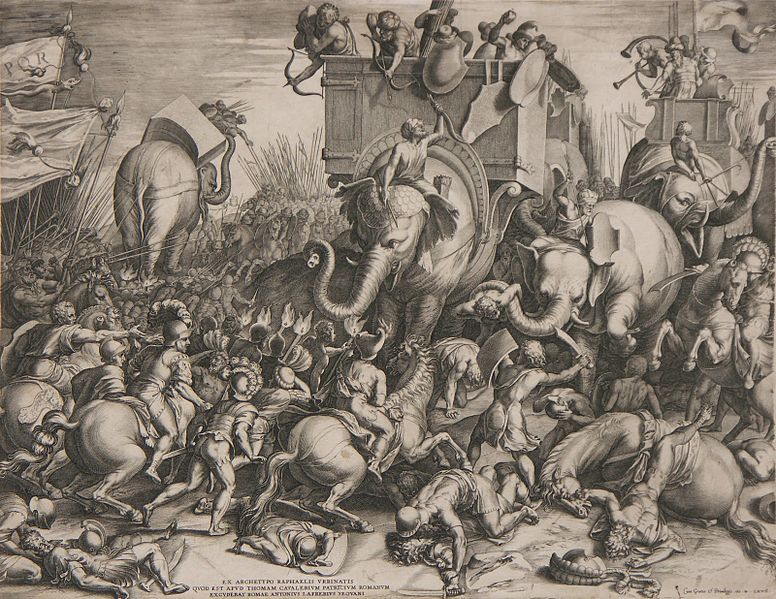
Animals completely changed the face of warfare. A man riding a horse, or even an elephant into battle was immensely more powerful, and dangerous than a man marching on foot. Horses gave armies more mobility, and made the cavalry charge possible which was incredibly effective. Elephants were not only strong, and hard to kill, but had an enormous psychological impact in a battle. Men seeing their opponents riding an elephant into battle would likely be terrified, and much more likely to run away. Animals were not only used for mounted attacks but also for delivering supplies, and pidgeons were used to carry messages. Animals were also often the best way to deal with enemy animals. The Romans would use boars to scare enemy elephants.

